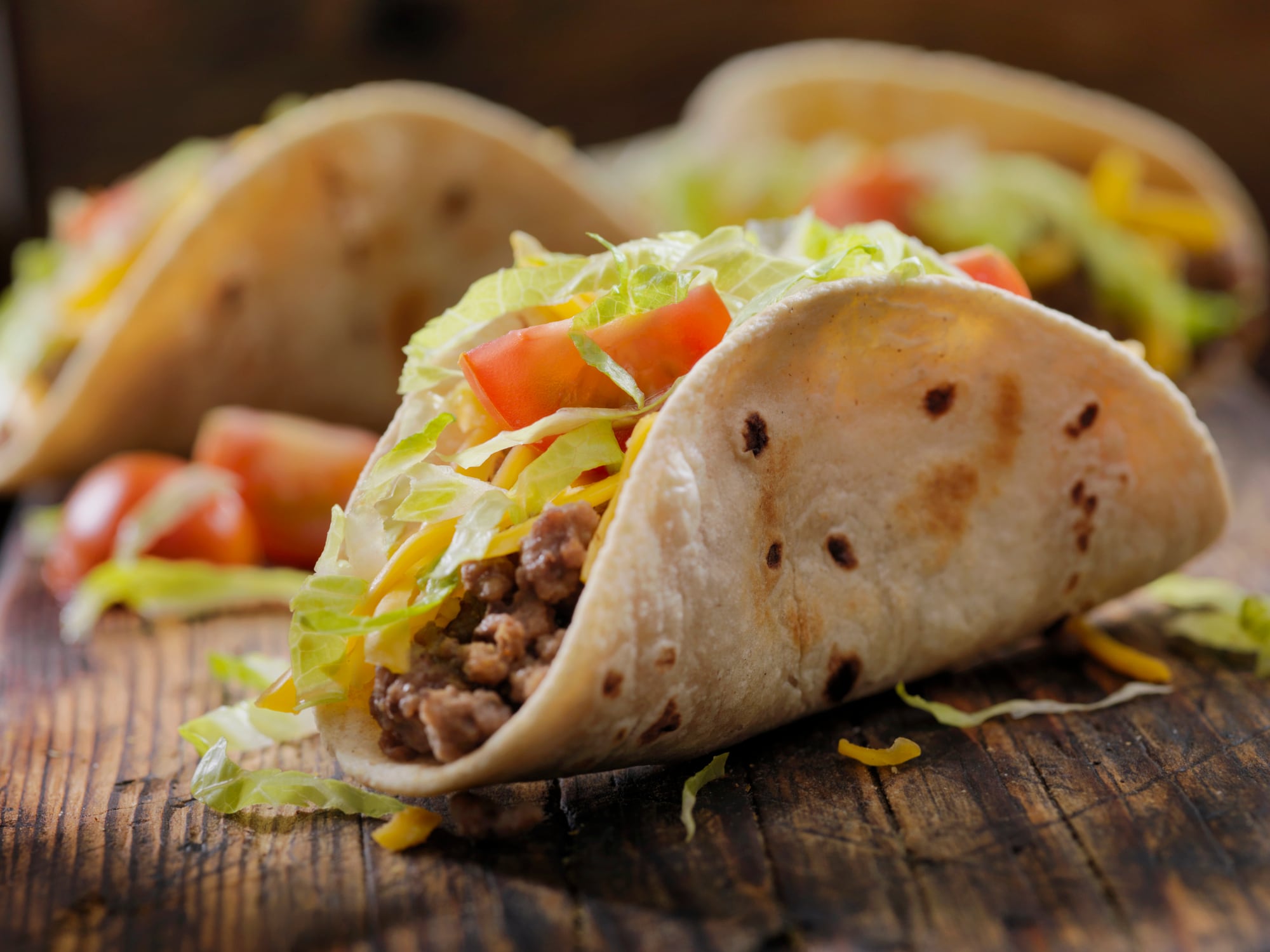The global halal market is projected to reach more than $3.27tr by 2028, climbing from 2.09tr in 2021.
Focused on the UK market, research from the Halal Monitoring Committee UK (HMC) and the University of Huddersfield found that halal is worth approximately 15% of the nation’s overall meat and poultry sector at £1.7bn. If the market remains consistent at 15% over the next five years, this value will increase to £2bn by 2028 for an average forecasted sector revenue of £13.5bn.
With the UK Muslim community growing, currently making up almost 7% of the entire population and expected to increase from 4m to 13m by 2050, there is ripe opportunity for food and drink producers operating in or looking at this market.
What is halal?
Halal is an Arabic term for lawful or permitted. In the context of food and drink it refers to food that is allowed under Islamic law and includes not only the kind of food but also how it’s prepared, handled and processed.
Chatting to Hassan Gulzar, founder of the Universal Halal Authority, he explained the process to Food Manufacture in relation to meat: “The animal needs to be slaughtered in a halal way, which involves the entire process. Today technology has advanced, and the process has changed, but if I take you back thousands of years: traditionally the first step is that the person slaughtering the meat needed to be Muslim. They must say the world of God (Allah) as they make the cut to demonstrate what the intention is – the intention being that the killing of the animal is for eating purposes. There needs to be one clean cut to the throat, ensuring the animal is killed instantly. Then, lastly, the blood must be drained from the animal before it can be processed.
“Now in 2025, there isn’t a person slaughtering one lamb at a time because if that was the case no one would be getting fed! Today it’s much more automated, with a machine making the cut. But the principles are the same, with what we call an ‘Iman’ present, reading the word of God, and the animal bled out before moving on for further processing.”
As the meat continues its journey through the supply chain, it needs to ensure it is kept from contamination. In this context, contamination is prohibited commodities such as pork and alcohol.
Opportunities in halal
A huge opportunity for halal production is currently in lamb, Gulzar noted.
Whilst the UK has seen its lamb consumption decline over the last 20 years, AHDB data shows it remains a key protein for the Muslim community. In fact, Muslims account for 30% of UK lamb sales in terms of volume.
AHDB’s research indicates that 80% of Muslims in the UK consume lamb weekly and 64% consume mutton weekly, compared with just 6% of the general UK population eating lamb.
And whilst health, price and taste continue to sway most shoppers’ purchasing decisions, with price top priority, AHDB found that halal is the main driver when buying meat among most Muslim consumers.
Whilst lamb is a growing sector, the most popular protein among Muslims in the UK is chicken, with 92% eating it each week compared to 69% of the general population. Beef occupies a much smaller share; still, AHDB reveals more than half of halal consumers eat it on a weekly basis.
Beef, too, is an interesting area worth exploration, with growing interest from younger Muslim consumers. This group is said to be leaning more towards Western diets with a tendency to purchase less poultry and lamb than those in the Muslim community with more traditional shopping habits.
Although beef is being used in more classic dishes like curries, younger consumers are changing things up, cooking dishes such as fajitas and spag bol.
But halal isn’t all about meat, with Gulzar highlighting a growing opportunity in the sports category with whey protein powders, vitamins and minerals which may contain animal-based ingredients. Again, it’s important for those following this diet that these are not sourced from non-halal animals.
The importance of authenticity
Authenticity within the halal sector is incredibly important, with most Muslims opting for specialist meat shops or butchers as their preferred channel.
According to AHDB, pre-packed halal meat is less appealing to these consumers, with just 35% purchasing pre-packed compared with 57% buying from a specialist butcher and 48% from a halal counter in world food stores.
There is currently no governing body for halal in the UK and Gulzar noted a lack of certification as a restriction for the market. This is echoed in AHDB research which shows authentication be as an important criterion to 92% of halal consumers.
Given the complexity of modern food production, it is often difficult for people to verify halal compliance independently. As with any certification mark, halal authentication serves as stamp of trust and assurance that the product is genuine.
“It’s all to do with reputation,” said Gulzar on the importance of certification, as he pointed to a growing trend of empowered consumers eager to understand what is in their food and where it’s from.
One small mistake could cause unequivocal damage.
But it’s not just about the domestic market, as Gulzar raised, with certification opening doors to new export markets.
If you’re a manufacturer looking to expand into certain regions such as the Middle East, Southeast Asia, and parts of Africa, it often requires halal certification.
A free trade agreement between the UK and the Gulf Cooperation Council (GCC) – which is made up of large populations eating a halal diet – is currently being discussed. If agreed, the Government believe a deal could increase bilateral trade by 16%, potentially adding an extra £8.6bn a year to trade between the UK and GCC countries in the long run. This £8.6bn is on top of the £57.4bn worth of trade that we already have.


